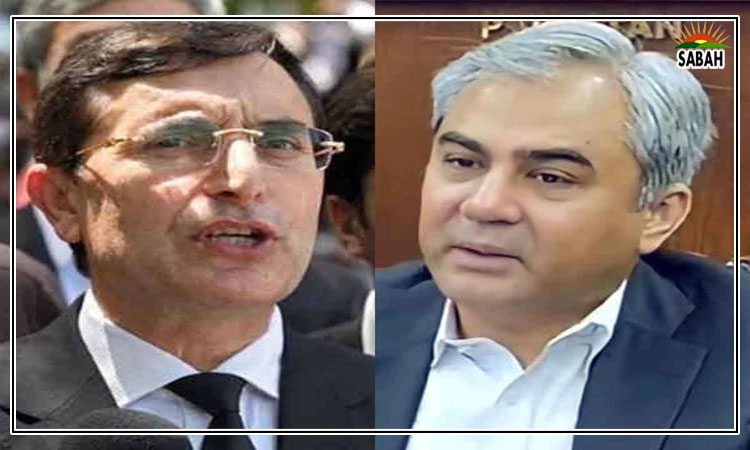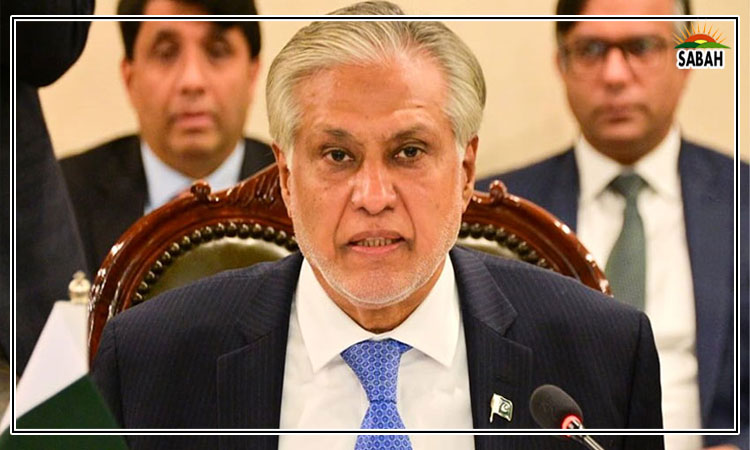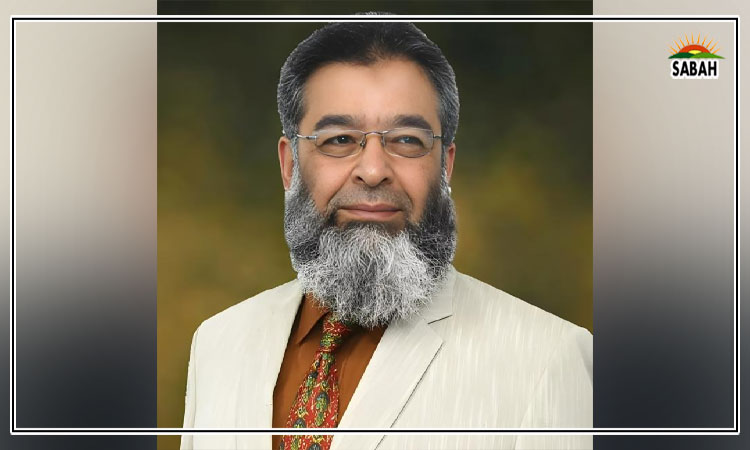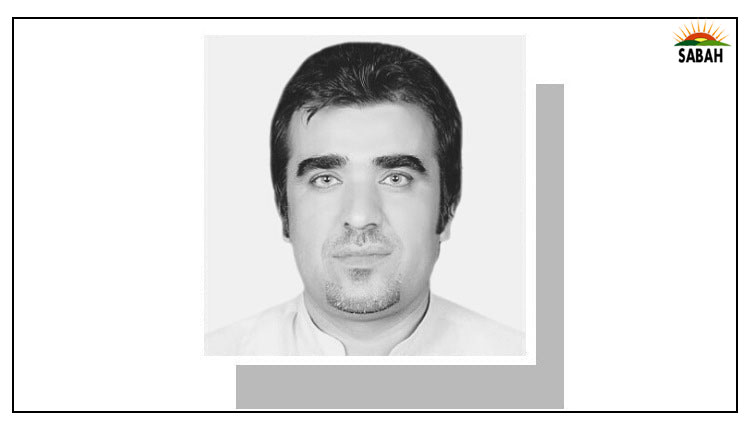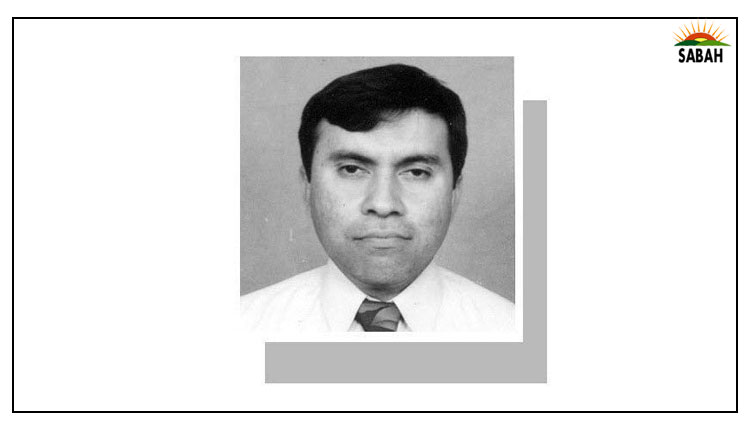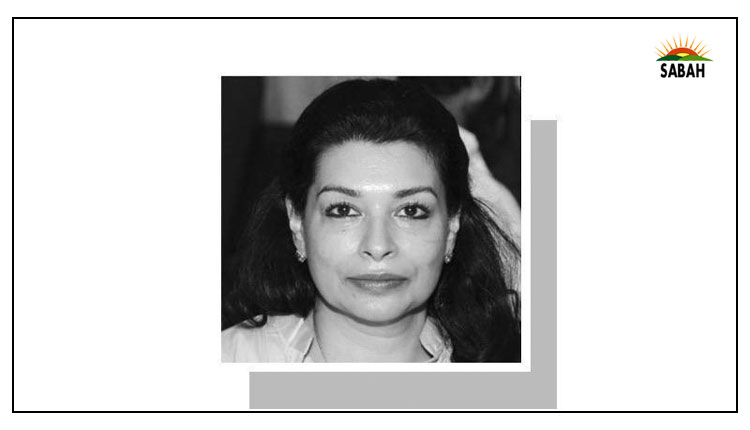A Journey Through Pakistan’s 1973 Constitution: Amendments, Power, and Democracy by Muhammad Mohsin Iqbal
In a parliamentary form of government, the Constitution serves as the cornerstone that defines the structure, powers, and limitations of the state. It ensures the separation of powers between the executive, legislative, and judiciary, providing a system of checks and balances to prevent any branch from overpowering the others. A constitution also safeguards the rights and freedoms of citizens, guaranteeing that governance remains accountable and democratic. In the context of parliamentary democracy, the constitution outlines the role of the elected representatives, ensuring that the government’s legitimacy stems from the will of the people. It is essential for maintaining order, stability, and justice, as it provides a framework for the peaceful transfer of power, the rule of law, and the protection of minority rights, ultimately strengthening the democratic process.
The 1973 Constitution of Pakistan stands as a landmark in the country’s political, parliamentary and legal history, symbolizing the aspirations of a democratic republic. However, over the decades, it has undergone significant changes to adapt to shifting political landscapes. The Constitution has been amended 26 times since its adoption, each amendment reflecting the prevailing political circumstances and the interests of various actors. A deep dive into these amendments reveals the motivations behind them, the figures involved, and the beneficiaries.
The First Amendment was enacted on May 4, 1974, during the tenure of Zulfikar Ali Bhutto. It expanded the scope of Articles 1, 8, 17, 61, 101, 127, 193, 199, 200, 209, 212, 250, 259, 260, and 272 concerning political parties, restricting their activities mainly to prevent foreign influence alignments. Introduced as a protection against internal and external destabilization in a time of political turbulence, the amendment redefined Pakistan’s boundaries and eliminated references to East Pakistan.
The Second Amendment was passed on September 17, 1974, expanding the scope of Articles 106 and 260, defining a Muslim, and designating Ahmadis as a minority and ‘non-Muslim’. The Third Amendment, introduced under Bhutto’s leadership on February 18, 1975, broadened the scope of Articles 10 and 232, and increased the period of preventive detention without trial from two to three months. The Fourth Amendment, enacted on November 21, 1975, widened the scope of Articles 8, 17, 19, 51, 54, 106, 199, 271, 272, and 273, allocated additional seats for minorities, and removed the judiciary’s power to grant bail to anyone held under preventive detention.
The Fifth Amendment, enacted on September 5, 1976, expanded the provisions of Articles 101, 160, 175, 179, 180, 187, 192, 195, 196, 199, 200, 106, 212, 260, and 280, and increased the restrictions on the High Courts. The Sixth Amendment, passed on December 22, 1976, broadened the scope of Articles 179, 195, 246, and 260, and stipulated that the Chief Justice of the Supreme Court would retire at the age of 65, while High Court judges would retire at 62.
Following Bhutto’s removal, the Seventh Amendment was enacted on May 16, 1977, introducing provisions for a national referendum to affirm the government’s policies. It expanded the scope of Article 101, 245, and added Article 96A. The most significant and contentious amendments occurred during General Zia-ul-Haq’s tenure. The Eighth Amendment, passed on November 11, 1985, drastically changed the Constitution’s structure by bestowing extensive powers upon the President, including the authority to dissolve the National Assembly. Enacted under Zia’s martial law, it tipped the balance of power towards the President and diminished the role of Parliament. It broadened the scope of Articles 48, 51, 56, 58, 59, 60, 75, 90, 91, 101, 105, 106, 112, 116, 130, 144, 152, and 270.
The Ninth Amendment, proposing the imposition of Shariah law as the supreme law of the land, was passed by the Senate but failed to pass in the National Assembly due to its dissolution. This bill sought to expand the scope of Articles 2 and 203. Conversely, the Tenth Amendment, which was enacted on March 25, 1987, dealt with procedural aspects concerning the length of parliamentary sessions, specifically setting the maximum interval between National Assembly sessions at 130 days, thereby broadening the scope of Articles 54 and 61.
The Eleventh Amendment, enacted on August 28, 1989, during Benazir Bhutto’s tenure, aimed to reestablish parliamentary dominance by limiting the President’s powers. However, it did not significantly change the political dynamics. The Twelfth Amendment, introduced on July 28, 1991, created special courts for terrorism and severe crimes. The Thirteenth and Fourteenth Amendments, passed on April 4 and July 3, 1997, respectively, under Nawaz Sharif’s administration, played a pivotal role in reducing presidential authority. The Thirteenth Amendment revoked the President’s authority to dissolve the National Assembly, reinforcing parliamentary sovereignty. The Fourteenth Amendment bolstered political parties by mandating party discipline and restricting defections, thereby tightening party leaders’ grip on their members. The Fifteenth Amendment, proposed on August 28, 1998, aimed to establish Shariah law as the land’s supreme law but was not enacted. The Sixteenth Amendment extended the duration of the quota system stipulated in the 1973 Constitution from 20 to 40 years.
General Pervez Musharraf’s regime also witnessed substantial amendments, with the Seventeenth Amendment passed on December 31, 2003, which restored the President’s power to dissolve the National Assembly, undoing Nawaz Sharif’s efforts. It reflected the military’s dominance over civilian institutions and reinstated a semi-presidential system.
The Eighteenth Amendment, enacted on April 19, 2010, during the Pakistan People’s Party (PPP) tenure, marked a significant milestone in Pakistan’s constitutional journey. It overturned numerous alterations imposed by military regimes, reinstated parliamentary supremacy, and transferred considerable authority to the provincial governments. This amendment was a move toward fortifying democracy and addressing local concerns, thus serving the populace by fostering federalism and diminishing central control. Subsequently, the Nineteenth Amendment on January 1, 2011, focused on judicial reforms, while the Twentieth Amendment on February 28, 2012, concentrated on guaranteeing free and impartial elections. Together, these amendments signified the democratic government’s commitment to reinforcing the institutional framework for a more open and accountable political system.
In the aftermath of APS Peshawar Attack, Military Courts were established for speedy trials of terrorists and their sponsors under Twenty-first Amendments on 7 January 2015. In Twenty-second Amendments, ECP powers deputed to Chief Election Commissioner on 8 June 2016. The 23rd Amendment was passed to re-establish the military courts for further two years till 6 January 2019.[3] In 2015, National Assembly passed the 21st Amendment and created the military courts for the period of 2 years. The period of two years was expired on 6 January 2017 hence this 23rd Amendment was passed to re-establish the military courts for further two years till 6 January 2019. At the end of this period all the amendments will be expired/removed automatically.
The Twenty-fourth Amendment, enacted on 22 December 2017, reallocated National Assembly seats among federating units and permitted election authorities to revise constituency boundaries based on the provisional outcomes of the 2017 Census of Pakistan. Subsequently, the Twenty-fifth Amendment, on 31 May 2018, integrated the Federally Administered Tribal Areas into Khyber Pakhtunkhwa.
On October 20, 2024, Pakistan’s Senate and National Assembly passed a significant 26th Constitutional Amendment, aimed at enhancing the governance structure and addressing key political reforms. This amendment focuses on strengthening democratic institutions by introducing measures to ensure greater accountability, transparency, and efficiency within the government. It includes provisions for judicial reforms, strengthening the role of the Election Commission, and increasing parliamentary oversight over executive actions. Additionally, the amendment tackles the issue of decentralization by granting more autonomy to provincial governments, ensuring a more balanced distribution of power. This landmark amendment reflects Pakistan’s commitment to evolving its constitutional framework in response to the changing political and social landscape.
A comparative analysis of these amendments reveals a clear divide. Amendments during democratic regimes, have focused more on governance, devolution of power, and judicial reforms, with the potential to improve public services and accountability. On the other hand, amendments under dictators’ rule were primarily about entrenching power in the executive branch, offering little to the public in terms of improved services or democratic participation.
In summary, the 26 Amendments to Pakistan’s 1973 Constitution reflect the nation’s struggle with its identity, governance, and the tension between democratic and authoritarian impulses. While some amendments have been pivotal for political stability or national security, others have aimed at power consolidation or addressing immediate political crises. Often, the ruling elite have been the primary beneficiaries of these amendments, but recent changes have begun to more directly meet the populace’s needs. The ongoing challenge is to ensure that future amendments prioritize the public interest, fortify democratic institutions, and foster equitable development throughout the nation. This is essential for the Constitution to truly act as the cornerstone of a fair and democratic governance system.


